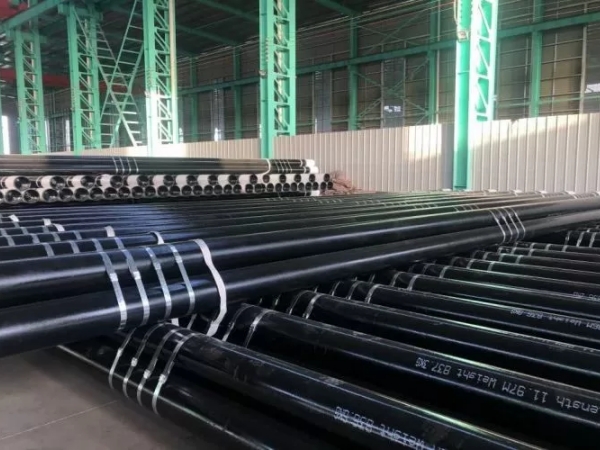With the swift advancement of the petroleum industry, the substantial corrosion observed in buried pipelines, oil well casings, and storage tank floors, particularly in oil well casings, has posed significant challenges to the production, development, and environmental integrity of oil fields. Safeguarding the cathode and anode of oil casings typically involves implementing anti-corrosion measures aimed at prolonging the casing's operational life. Let's briefly explore how to shield the anode and cathode of oil casings.

Cathodic Protection:
- Cathodic Protection Systems:
Deploy a cathodic protection system, commonly employing either the sacrificial anode method or the impressed current method. In the sacrificial anode approach, a metal anode (typically zinc or aluminum) is intentionally corroded to shield the oil casing. In the impressed current method, an external current is directed through the anode to maintain its non-corrosive state.
- Cathodic Protection Materials:
Utilize specially engineered cathodic protection materials, such as aluminum and zinc alloys, serving as sacrificial anodes. These materials absorb corrosion, preserving the integrity of the oil casing metal.
Anodic Protection:
- Anode Protective Coating:
Apply an anodized protective coating, a specialized layer that retards corrosion by offering anodic protection. Such coatings often incorporate materials with an anodizing effect, such as zinc.
- Employing the Anode:
Position the anode in the vicinity of the oil casing's environment. These anodes are typically crafted from specialized materials designed to safeguard the oil casing by willingly undergoing corrosion.
Other Protective Measures:
- Coatings and Lacquers:
Administer corrosion-resistant coatings and paints to create a protective barrier, isolating the oil casing from external environmental factors and thereby impeding the onset of corrosion.
- Regular Inspection and Maintenance:
Execute routine inspections and maintenance procedures to ensure the efficacy of both cathodic and anodic protection systems. Timely replacement or repair of damaged or malfunctioning components is essential.
- Environmental Monitoring:
Monitor corrosion-inducing factors in the surrounding environment, such as soil conditions and water quality. Adjust the parameters of cathodic and anodic protection systems in response to environmental changes.
- Design of Anti-Corrosion Materials:
Opt for materials with robust corrosion resistance during the design phase of oil and casing structures, strategically slowing down the corrosion process.